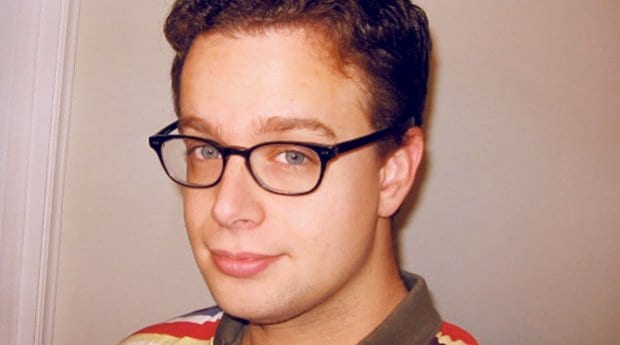I’m not ashamed to admit that when I attended my first burlesque performance, I was there to see strippers. I thought that burlesque was just a load of exotic dancers who, for some reason, put more thought into their costumes than was really necessary. I didn’t, and don’t, see anything wrong with that — with persnickety strippers, I mean — but I was mistaken in my understanding of what burlesque is about.
That first show was BoylesqueTO’s 2012 performance of O Manada, an all-male burlesque-style celebration of Canadian history. Sure, I glimpsed more than one perfectly ripened oh-my-lord-I-want-to-bite-it butt cheek, but far more emphasis was placed on humour and storytelling. I don’t remember seeing much skin in their rendition of “The Log Driver’s Waltz.”
I’ve since interviewed about a dozen burlesque performers. I stupidly expect to chat with some sort of showboating trollop (apparently, I don’t learn very quickly) but end up having a fascinating conversation about gender, race, history (I once had a fantastic talk about Sappho with Delicia Pastiche of Nerd Girl Burlesque) or what have you. It can be tiresome if what you’re looking for is a laid-back chat, but it’s still impressive. Few people are as up on social issues, and as in touch with the tradition of the art, as burlesque performers.
Don’t misunderstand me: plenty of burlesque performers are trollops, and I mean that in the best possible sense. They shape their acts to convey interesting ideas, to challenge our expectations of gender roles and to critique society, but they see nothing wrong with doing that in as tantalizing a way as possible. And there are few things hotter than a good idea sexily conveyed.
After all those interviews, I’m still not sure I understand what burlesque is all about, except that it’s more than what we expect it to be. It seems like anything can happen on the stage. Some acts are straightforward: a person walks on, capers about, strips and slinks off. Others are full-blown skits, complete with props. Still others involve singing. What isn’t allowed during a burlesque performance?
Very little. I’ve seen tall people, short people, skinny people, fat people, people of all different ethnicities, men dressed as women or women dressed as men, or either ending up somewhere interestingly and often arousingly in between. Maybe it’s something about the quite high net level of intelligence among them, but the burlesque community is one of the most accepting groups around. I’ve spoken with performers who were gay, bi and genderqueer, and none of them expressed anything but satisfaction with their reception by the burlesque community. How lucky Ottawa is that there’s so much overlap between its queer and burlesque communities.
Ottawa’s queer community isn’t very large, but it’s diverse, with little pockets of people of every sort of gender identity and orientation. A handful of active folks — Shelley Taylor, Jeremy Dias, Jesse Reynolds and Miss Helvetica Bold among them — spend much of their time trying to pull these people together, and when they succeed, what results is a group of people whose main commonality is that they don’t quite fit anywhere else. It’s a community of misfits.
I think I can easily count many burlesquers among these misfits: where else would they go? I mean, really, they spend all their time dressing up and making pasties. Many burlesquers were already part of the queer community. Few of them are totally straight, or if they are, their gender isn’t straightforward, or if it is — well, if such a person exists, we’ve never met!
I certainly don’t want to devalue anyone else’s contribution, but a considerable portion of any cohesion Ottawa’s queer community has is due to the hard work and thoughtfulness of its members who are burlesquers. That same leftwing, live-and-let-live, body-positive and often feminist spirit that makes the burlesque community so accepting is just what the queer community needs.
Jeremy Willard is a freelance reporter with Xtra.


 Why you can trust Xtra
Why you can trust Xtra


